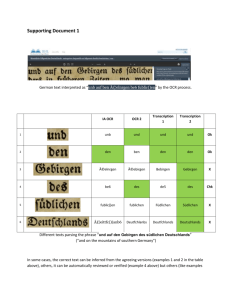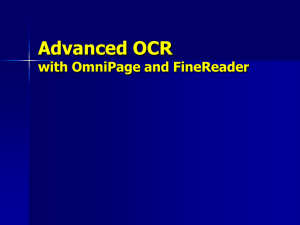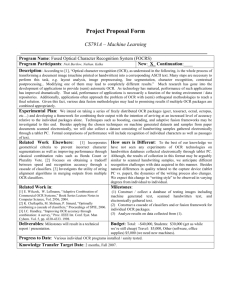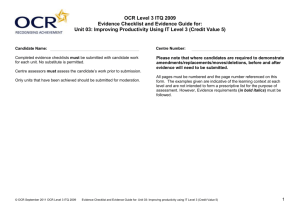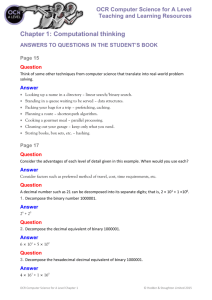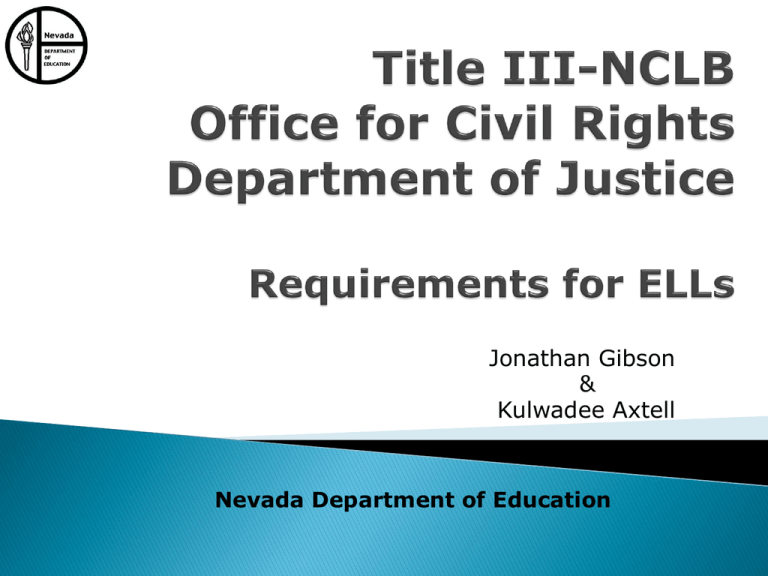
Jonathan Gibson
&
Kulwadee Axtell
Nevada Department of Education
DOJ
OCR
Title III
NCLB
Shift from
to the Nevada School
Performance Framework (NSPF)
School index approach
Several indicators, that when combined,
demonstrate a whole picture of the school’s success
The sum of the parts is greater than the whole
Proficiency +
Growth +
Gap
Reduction +
3
Other
Indicators =
School
Measurement
Elementary and Middle Schools
— Index Point Weighting —
Subpopulation
Growth Gap
Reduction
20%
Other
Indicator(s)
10%
Proficiency
30%
Student Growth
Percentiles
40%
4
High School Index Point
Weighting
Other Indicator
14%
Growth and
Proficiency
30%
College & Career
Readiness
16%
Subpopulation
Subpopulation
Proficiency Gaps
Graduation
10%
Gaps
Graduation
15%
15%
5
Title VI of the Civil Rights Act of 1964
The 1970 OCR Memorandum
Lau v. Nichols case (1974)
“Title VI Language Minority Compliance
Procedures” (1985)
"Policy Update on Schools' Obligations
Toward National Origin Minority Students
with Limited-English Proficiency (1991)
Title VI is violated for ELL students if:
they are excluded from effective participation
in school;
they are placed inappropriately into
Special Education classes;
their ELL program is not designed to teach
them English as soon as possible; or
their parents do not receive school notices in
a language they can understand.
"[T]here is no equality of treatment
merely by providing students with the
same facilities, textbooks, teachers,
and curriculum; for students who do
not understand English are effectively
foreclosed from any meaningful
education."
All Schools, School Districts, and States must:
identify students who need language assistance;
develop a program that has a reasonable chance
for success;
ensure that necessary staff, curricular materials,
and facilities are in place and used properly;
develop appropriate evaluation standards,
including program exit criteria, for measuring the
progress of students; and
assess the success of the program and modify it
where needed.
This applies whether Title III funding is received or
not.
ELP Standards
ELP Assessment
Annual Measurable Achievement Objectives
(AMAOs)
Data
Local Plans (OCR Program requirements)
Immigrant Children and youth
Private School (If Applicable)
Allocations, Reallocations, and Carryover
Supplement, Not Supplant
The EEOA affirms that no state shall deny
educational opportunity based on race, color,
sex, or national origin by engaging in deliberate
segregation by an educational agency…
…or failing to take appropriate action to
overcome language barriers that impede equal
participation by its students in its instructional
programs.
Appropriate action means a genuine and
good faith effort, consistent with local
circumstances and resources, to remedy the
language deficiencies of an LEA’s students.
Enforce existing court orders and agreements
Investigate allegations of discrimination
Initiate compliance reviews: with or without a
complaint
Negotiate new settlement agreements
Collaborate with:
OCR
SEAs
LEAs
Local and National Advocacy Organizations
Title XI – Civil Rights
Title IX - Discrimination
EEOA – Participation in instructional programs
Lau v. Nichols – Meaningful education
Castañeda v. Pickard –
Program Efficacy, Fidelity and Improvement
OCR – Guidance
NCLB – Title III Regulations
Progress in both English and Content
Students do not incur irreparable academic deficits
while learning English
Exited students perform as well as non-ELL peers
Dropout/retention rate similar to non-ELL peers
Justifiable, limited segregation
Participation in all aspects of curriculum without the
use of simplified English
Qualified Staff-appropriate program supports
Access to AP, Honours, SpEd and other programs
DOJ
OCR
Title III
NCLB
In addition to program compliance,
student performance outcomes factor.



